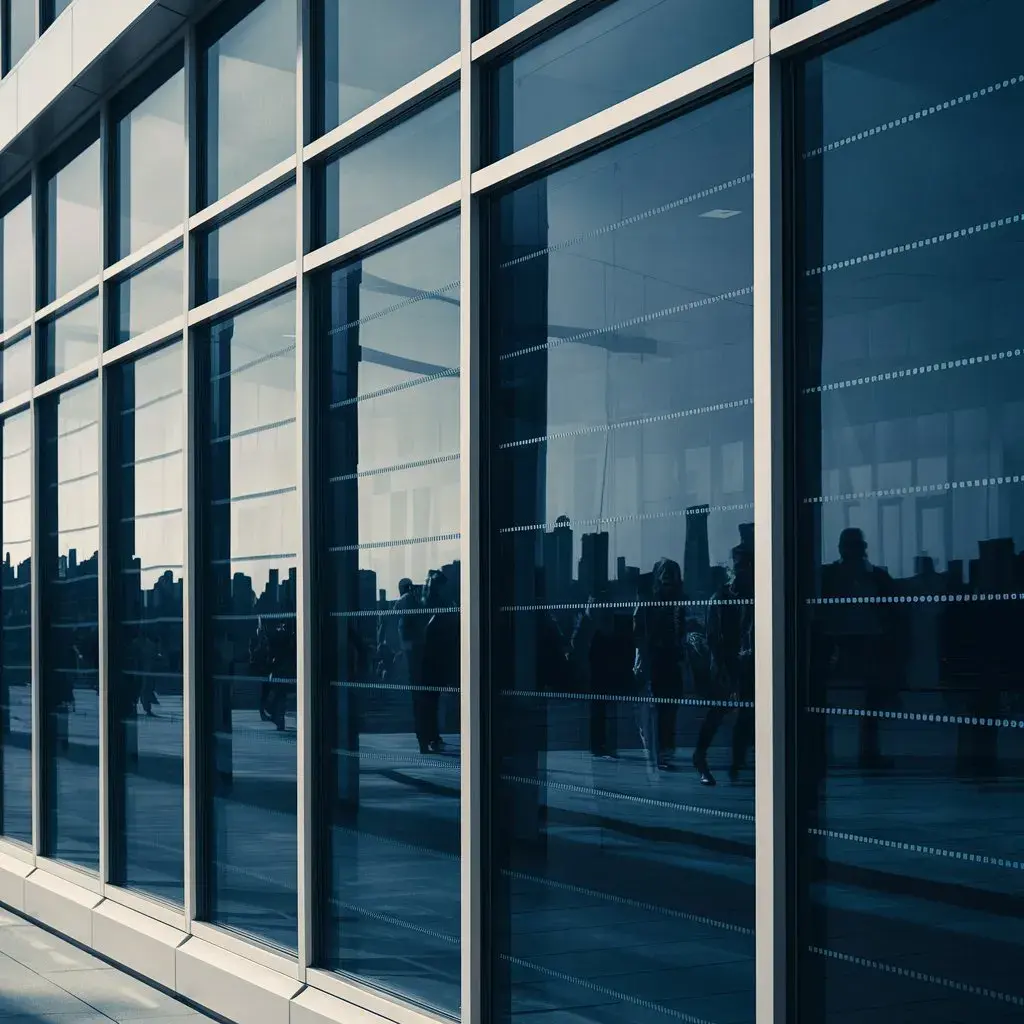
In the realm of architectural security enhancements, the selection of appropriate window films within commercial tinting—namely safety, anti-shatter, and bullet-resistant types—plays a crucial role in tailoring defense mechanisms to specific threat levels. Safety films primarily mitigate hazards associated with broken glass by holding shattered pieces together. In contrast, anti-shatter films, with their superior tensile strength, not only prevent fragmentation but also offer additional resistance against forceful impacts. Meanwhile, bullet-resistant films are engineered to withstand ballistic assaults, providing a paramount level of security. Exploring the comparative effectiveness of these films in various commercial tinting scenarios highlights their indispensable role in comprehensive security strategies, prompting a thoughtful consideration of their application in sensitive environments.
Understanding Different Security Films
Security tinting films are available in various thicknesses and materials, catering to diverse protective needs ranging from anti-shatter to ultraviolet radiation blocking. These films are engineered to fortify windows against multiple hazards, enhancing both safety and comfort for occupants.
Typically, these products fall into categories based on their primary function and composition. This includes polyester-based films for UV protection and multi-layered, polycarbonate variants designed for impact resistance.
The thickness of the film plays a pivotal role in its protective capabilities. Standard films generally range from 4 to 15 mils (where 1 mil is one-thousandth of an inch). Thicker films, often exceeding 15 mils, offer enhanced security features, capable of withstanding high-impact forces and even ballistic threats under certain conditions.
Such films incorporate layers of advanced materials that absorb and disperse kinetic energy effectively, thereby preventing glass from shattering and deterring forced entry.
From a technical perspective, the integration of UV inhibitors and scratch-resistant coatings are critical for maintaining the film’s efficacy and durability. These films adhere to stringent industry standards, ensuring a high level of protection against both environmental factors and physical threats, providing peace of mind for users who form part of a security-conscious community.
Choosing the Right Window Film for Commercial Tinting
Selecting the appropriate window film necessitates a thorough understanding of both the specific security requirements and the environmental conditions of the premises. The decision-making process involves determining the level of protection needed against potential threats such as burglary, vandalism, or ballistic impact. For instance, safety and anti-shatter films are typically engineered from multi-layered polyester film bonded with special adhesives. These films hold glass fragments together during breakage, significantly reducing the risk of injury from flying glass pieces.
For environments requiring enhanced security measures, such as financial institutions or government buildings, bullet-resistant films offer a higher level of protection. These films are designed to absorb and disperse the energy of a bullet, preventing penetration. It is crucial to consider the film’s thickness and the grade of material used, as these factors directly impact its effectiveness against different calibers of firearms.
Moreover, the climatic conditions of the area should influence the selection process. Films with UV protection and thermal insulation properties are advantageous for premises in areas with high solar exposure, contributing to energy efficiency and comfort.
Involvement in a community of security professionals can provide valuable insights and shared experiences, fostering a sense of belonging and support in making informed decisions.
In the realm of fortress-like protection for glass surfaces, the selection of security films embodies a strategic defense akin to choosing the optimal armor.
Safety films serve as the initial shield, thwarting the common assailant of accidents.
Anti-shatter films offer a robust bastion, dispersing kinetic assaults with greater efficacy.
At the pinnacle, bullet-resistant films stand as impenetrable guardians against the fiercest ballistic threats, providing a sanctuary akin to a castle’s highest tower.
Thus, discerning the appropriate film within commercial tinting is paramount to fortifying one’s transparent barriers.